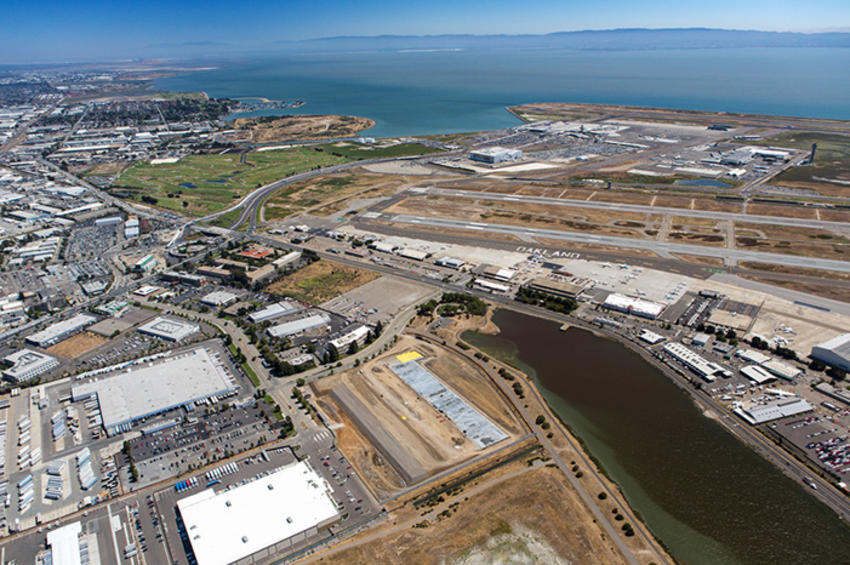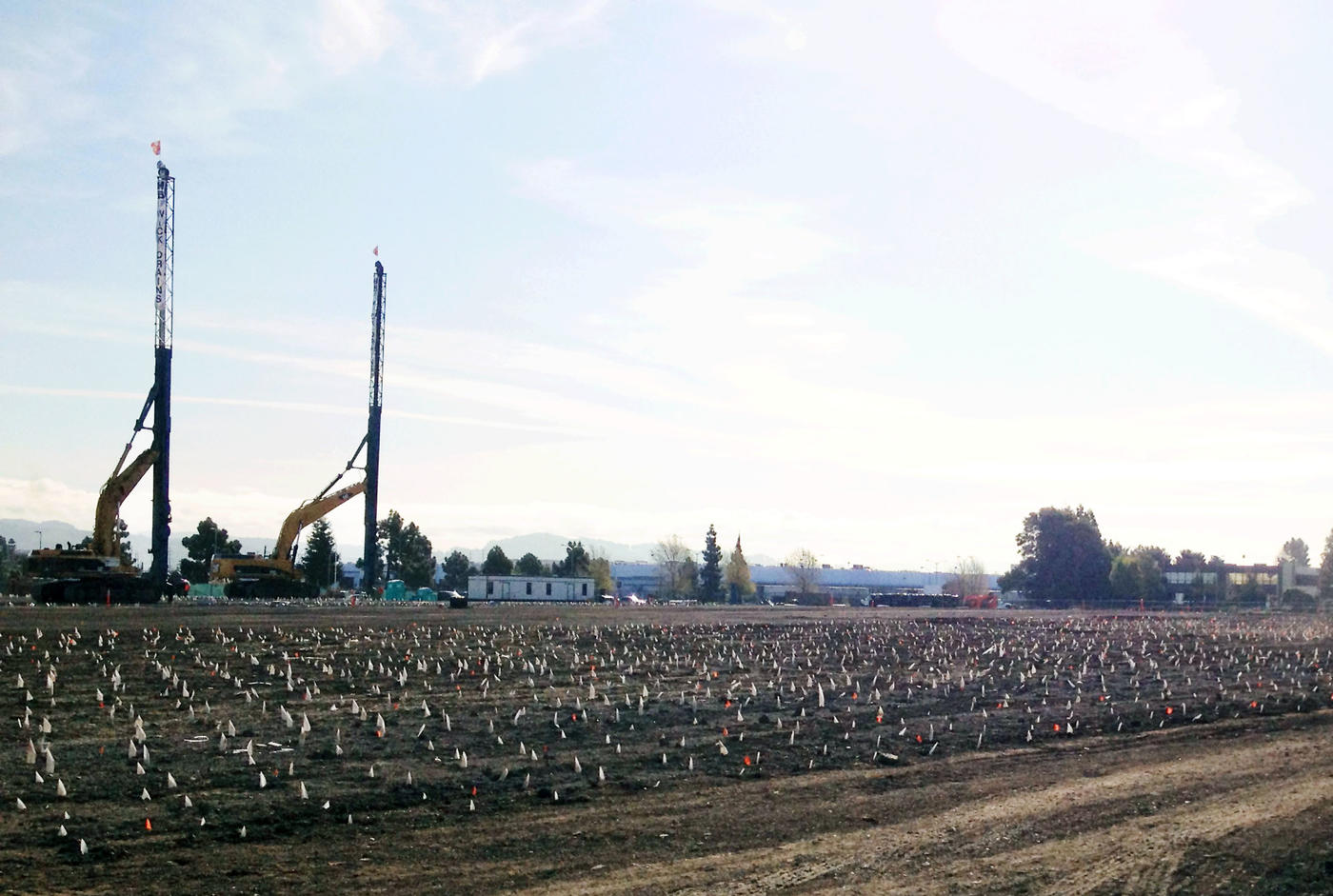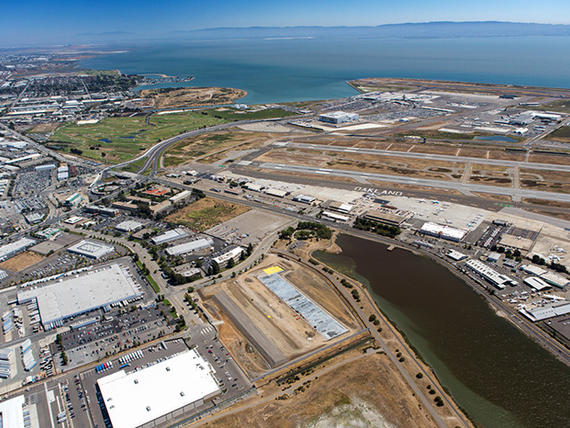The City of Oakland has overseen operations at the Port of Oakland since the late 1800s. It was the first major port on the West Coast to build terminals for container ships in the 1960s and over time has blossomed into a major logistics hub.

The project
Today, The Port of Oakland's cargo volume makes it the fifth-largest such container distribution center in the United States and the third-largest on the West Coast. Despite its current significant cargo volume, the Port of Oakland lacks adequate distribution capacity. The Port of Oakland’s 5-year Strategic Plan calls for 8% more containerized cargo volume by 2022. As part of the plan, multiple new distribution centers are planned within the Seaport Logistics Complex. Keller was awarded the contract for a 466,000 sq. ft. warehouse in CenterPoint Landing.
The challenge
Historically, new construction within the Port of Oakland has been difficult due to liquefaction susceptibility and the presence of highly compressible soft clay soils (Young Bay Mud). These challenging conditions have often made new building projects financially impractical. The owner, therefore, sought a solution that would address the site conditions and at the same time limit overall warehouse construction costs.
The solution
Keller developed a value-engineered, design-build ground improvement alternative to the originally-specified drilled or driven piles that would satisfy the structural performance criteria, saving the owner over $7 Million in construction costs and up to 150 days of construction time. The ground improvement program consisted of the installation of approximately 50,000 wick drains to a depth of 20 ft on a 3.5-ft triangular spacing followed by dynamic compaction to densify the liquefiable soils. Upon completion of the dynamic compaction work, sixteen feet of surcharge were placed atop the compacted soils where the wick drains accelerated the soft clay consolidation. In this case, the wick drains not only accelerated the consolidation process but also enhanced drainage to make the dynamic compaction process feasible in the fine-grained soils.
Keller affiliate company Geo-Instruments conducted pore pressure and vibration monitoring throughout the ground improvement work. Eighty-five percent of primary consolidation was achieved in just under 60 days. This was a significant improvement over the estimated 210 days anticipated if using surcharge alone. Total settlement induced through surcharge was 2-4 in. Total site lowering was approximately 1-2 ft due to the dynamic compaction efforts.


